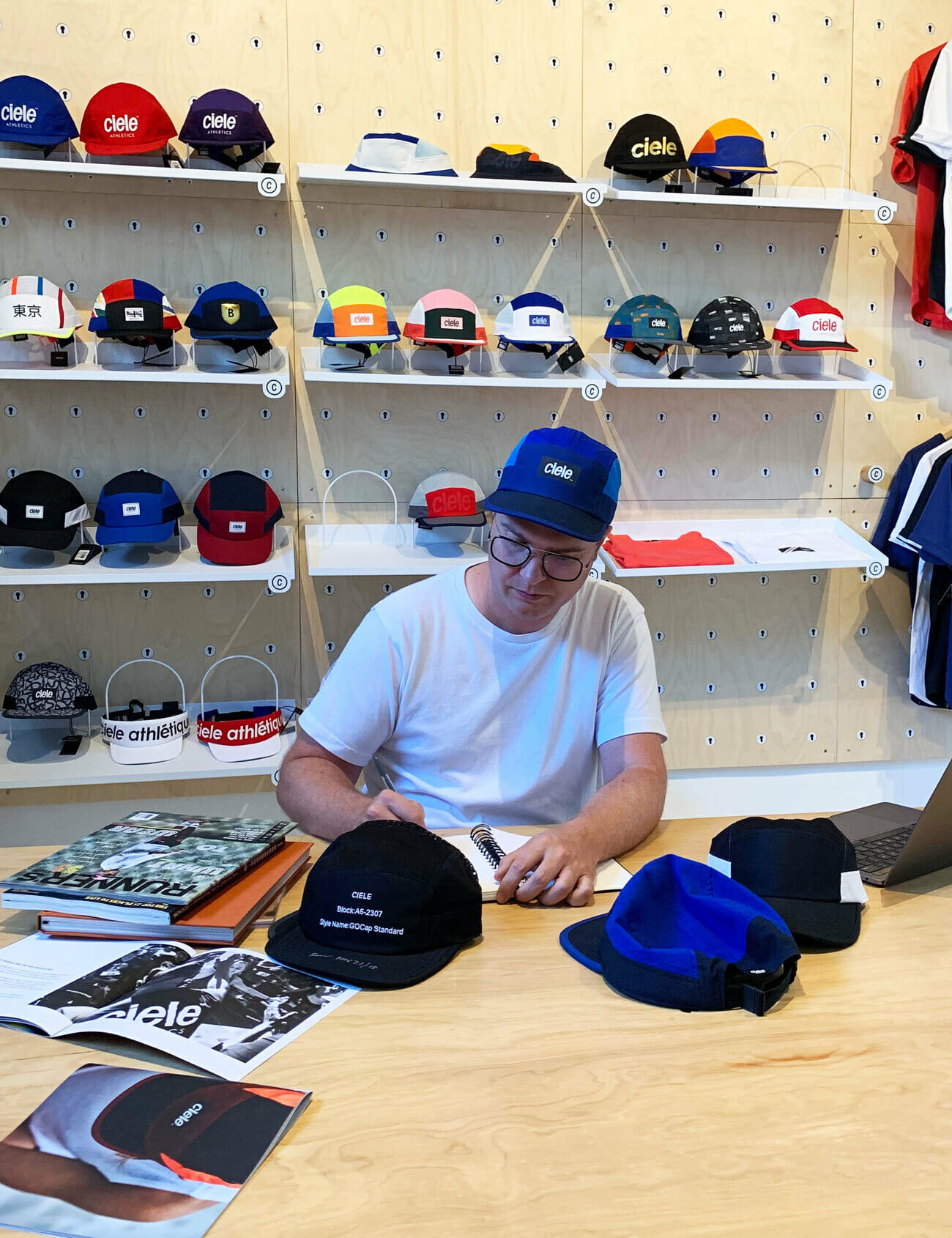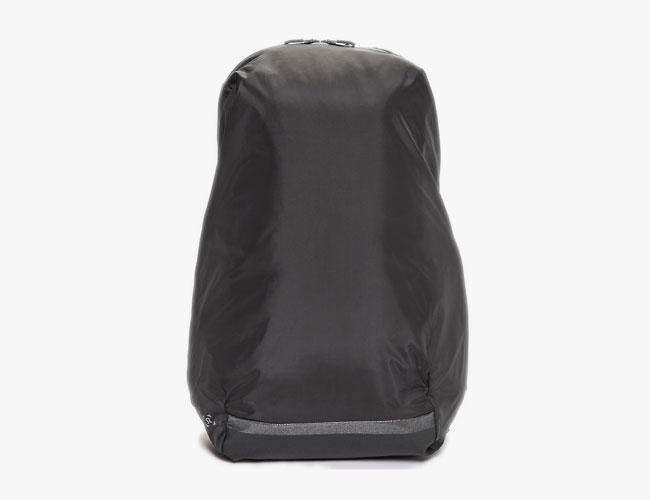From Issue Seven of Gear Patrol Magazine.
When Schoolhouse (formerly Schoolhouse Electric Co.) opened shop 15 years ago in Portland, Oregon, it sold thoughtfully designed light fixtures out of mail-order catalogs. Now, Brian Faherty’s company, which makes everything from dining tables to candlesticks, is set to open its third major showroom in a rehabilitated 1970’s police station in Pittsburgh, Pennsylvania. (Schoolhouse also has permanent locations in Portland and New York City).
Faherty started making things in the early 1990s, during what he calls the “pre-HGTV” movement. He was frustrated by the lack of classic-looking lighting available to people at the time. “It was loads of ‘period-style’ [fixtures] being passed off as timeless,” he says.
Fortune brought Faherty to an old glassblowing factory in Upstate New York, where he was able to pry World War II-era cast-iron glass molds from a family business that had long since stopped using them. That find led him to a restoration company outside of Morgantown, West Virginia, which brought him to a Los Angeles metal spinner, who applied the finishing touches.
All these stops, Faherty says, formed the foundation of Schoolhouse, an outlet devoted to making things that are current, classic and never trendy. Call them modern heirlooms — the kind of everyday goods memories wrap themselves around. This fall, on the eve of the company’s Pittsburgh opening, we spoke to Faherty about what it takes to make products that last.
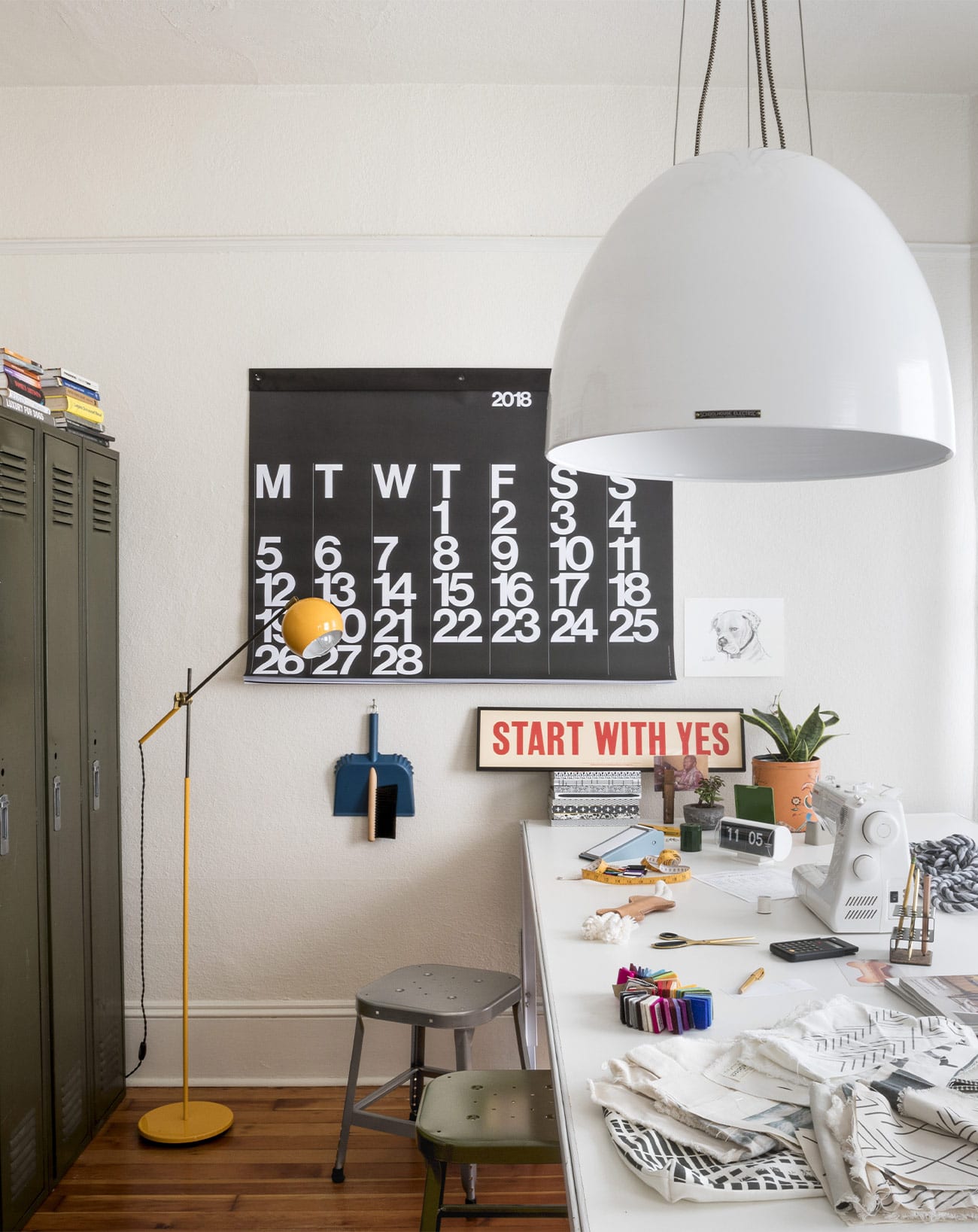
Q: What is the Schoolhouse look?
A: There’s something altruistic, I think. It’s not just things that look pretty and sit in a corner. It’s stuff you’re supposed to use. There’s an element of usefulness and, in most cases, there are reminders of the past. You know, something your mom or dad might’ve had, but we like to put a twist on it — a different pattern, colorway or material that makes it feel more current. So when you see a room with our products in it, it’s not like you need to buy the whole room for things to go together. It’s a mixtape, your own compilation of stuff.
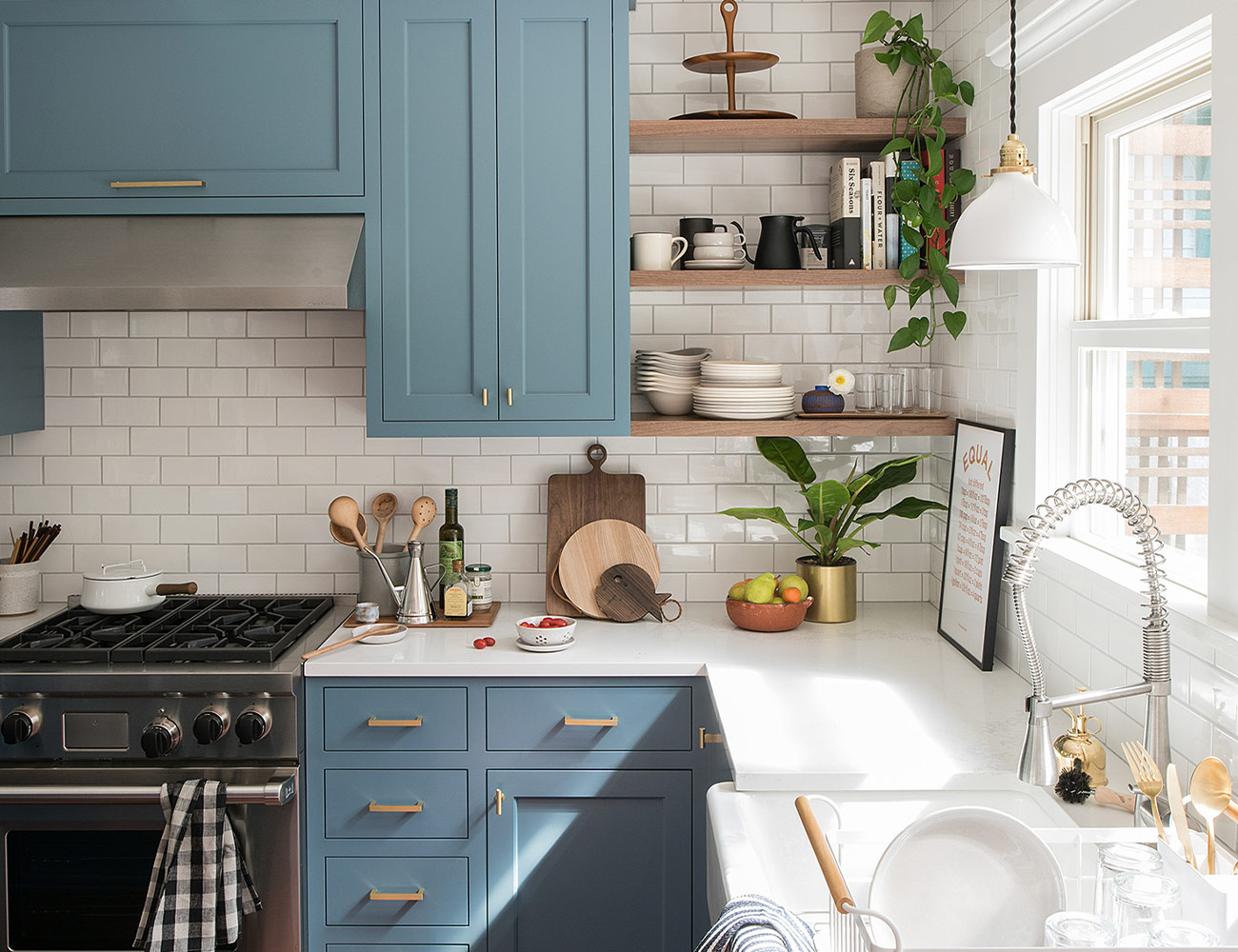
Q: What do you mean by “reminders of the past”? That Schoolhouse products are traditional?
A: No, not really. I used to have a collection of pencil sharpeners and all the time they made me think, ‘What went into making this?’ Yes, it looks cool and there are all sorts of interesting materials and components there, but there’s also what it feels like, what it sounds like, how you know when the pencil is sharpened. That detail and thoughtfulness regarding how something is actually used is what we’re trying to imbue our products with. That sort of design isn’t around much anymore, at least not in the limelight.

Q: Can you give me an example?
A: Even something as simple as a garbage can. We really sweat the details for ours. You know when you go into an office building and you have the black and blue plastic garbage cans you get at Office Depot? They’re fine, they work. But for us, it’s about having garbage cans that are able to brighten up somebody’s day. There’s something in the inherent simplicity of a well-designed product made with quality materials and small, almost unapparent touches that just delights people. With the trash can, it could be the quality of the paint or our label or the weight of it — it’s just reminiscent of a different time while still being here and now, I guess.
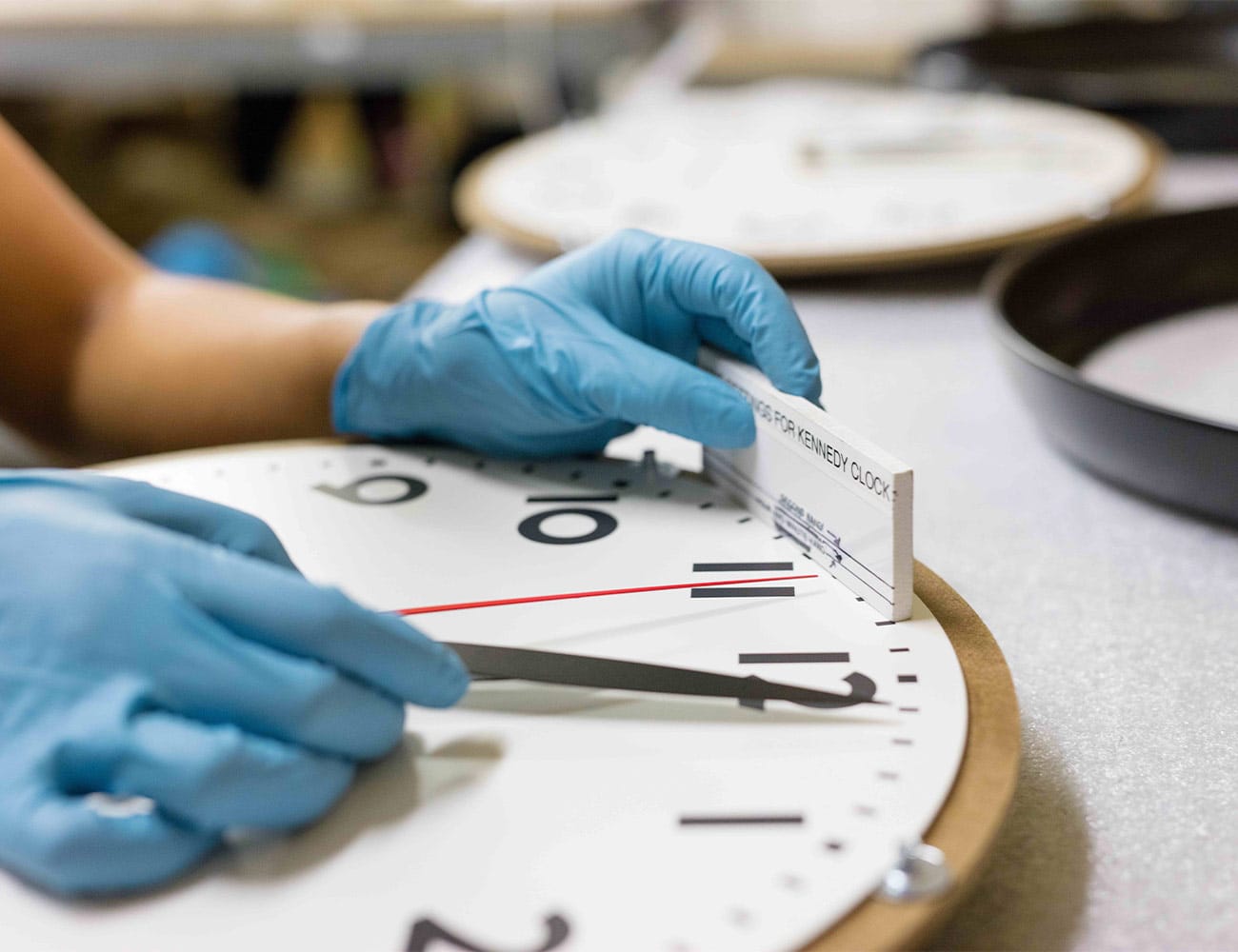
Q: Basically, make a good product and don’t show off.
A: That’s part of what it is. It’s not a glass chandelier with crystal and gold — it’s almost the opposite of that. Like, take an old electrical box in the back of your garage. There’s an underwriter’s laboratory label on there made of a really nice steel; the fonts and kerning and information provided is just so thought-out. I think it’s those things, too.
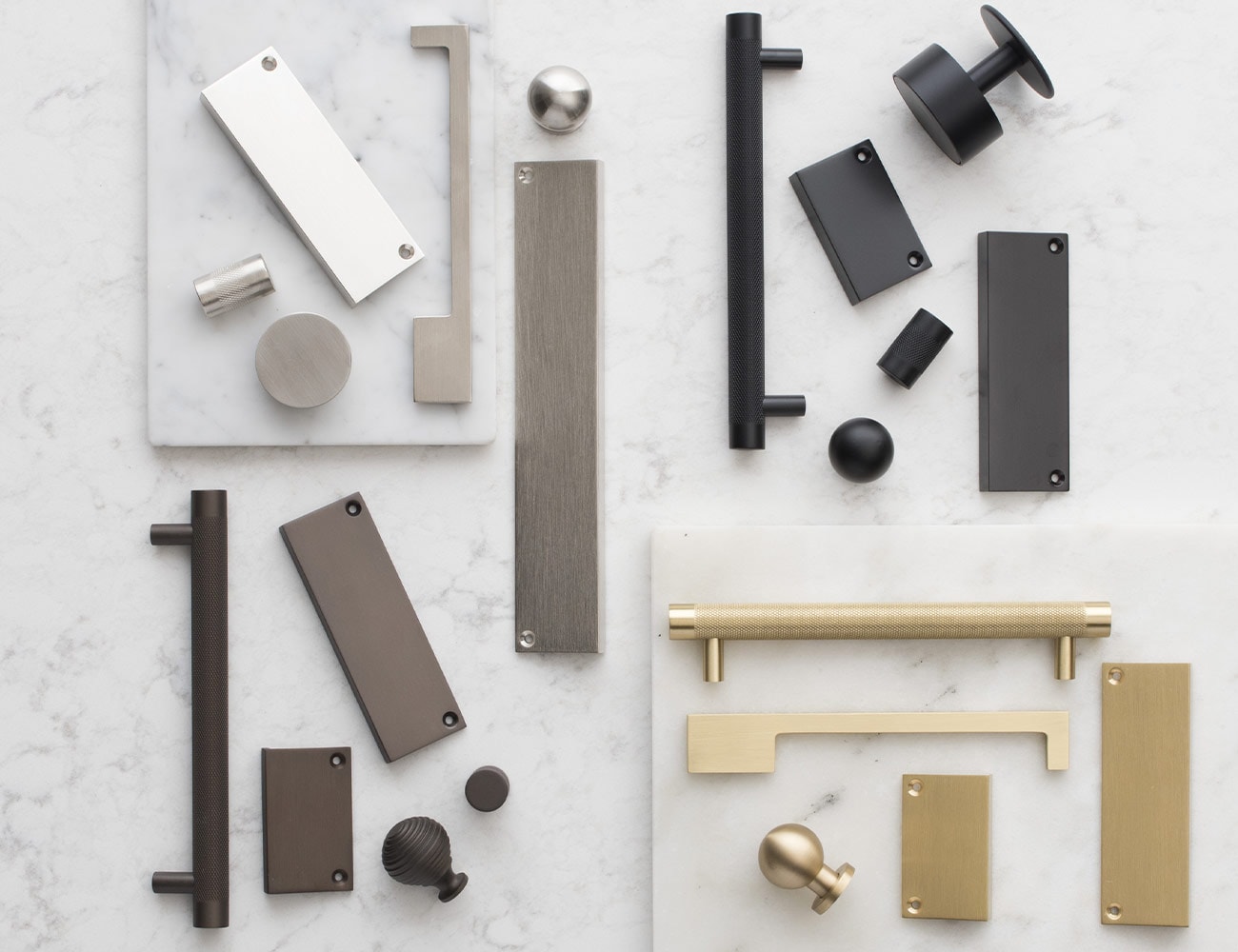
Q: Anything else?
A: In all that, there’s a playfulness, too. I really don’t want to take things too seriously, right? That’s not cool. It’s just stuff. Beyond that, it’s striking a balance between looking back and looking forward — staying current is still important.
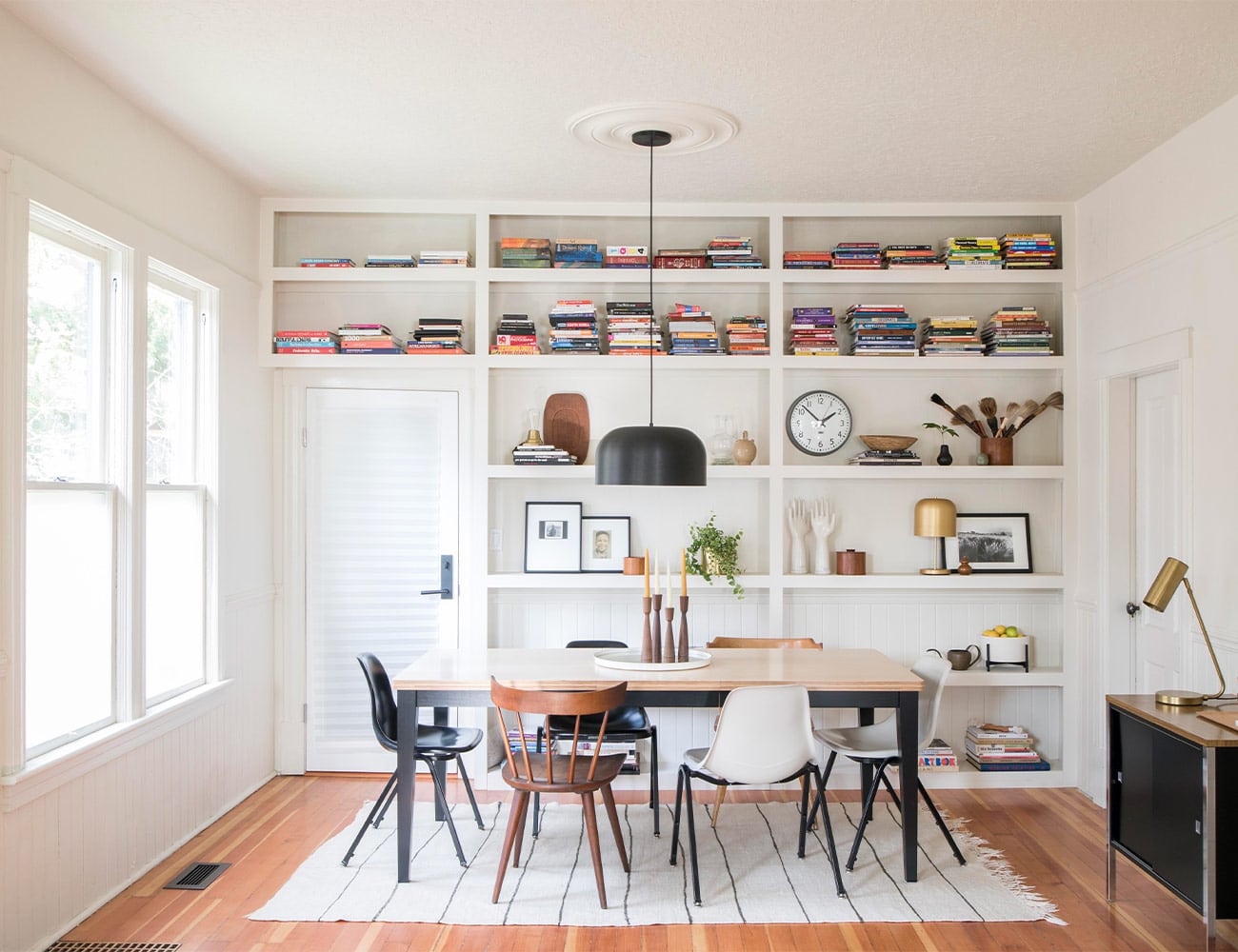
Q: In previous interviews, you’ve spoken about your desire to avoid trends.
A: I gave up Instagram for Lent a couple years back. I don’t watch home shows. There’s always got to be a firecarrier for the original vision. You know The Road, that book by Cormac McCarthy? It talks about people that carry the fire a lot, which is, like, a hokey way of saying people that keep you on track and going in the right direction. We just don’t want to conform to what other people are doing because a spreadsheet or PowerPoint says we should.
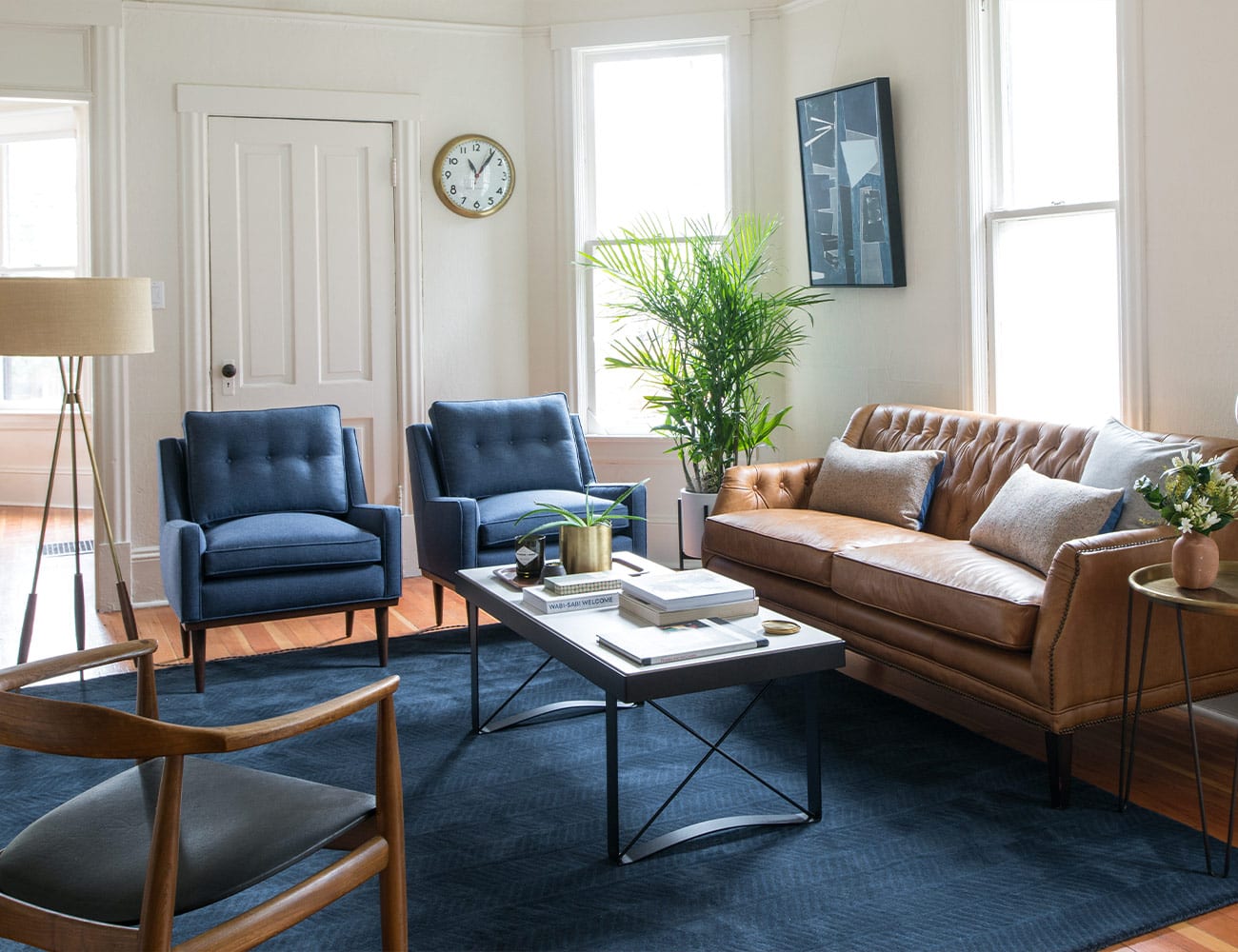
Q: So it’s making something with quality materials, thoughtful design touches and hints of the past — does that wrap it up?
A: That’s probably it. Sometimes you’re disappointed by the things you order. Maybe it looked great online, but once you’re holding it, just feels kind of weird. We hope that when you order something from us and you open that box up and whatever it is you bought makes it to your hands, you marvel, like, ‘Wow, this is real.’ We try to make it feel — and I hate this word — but we try to make it feel authentic because that’s what it is.


